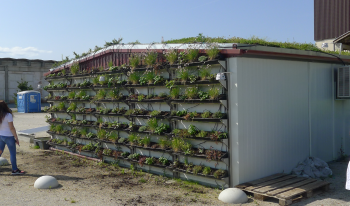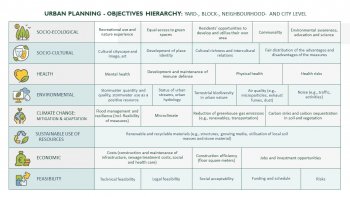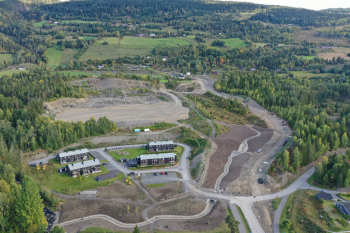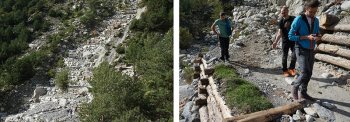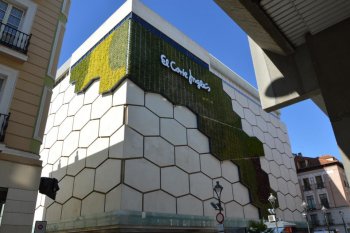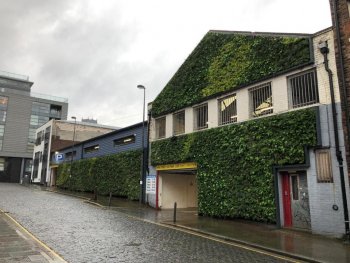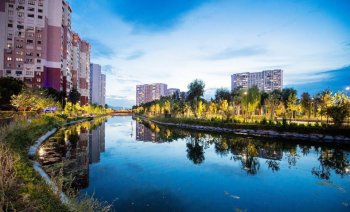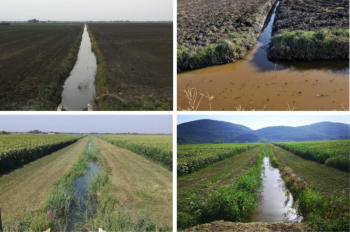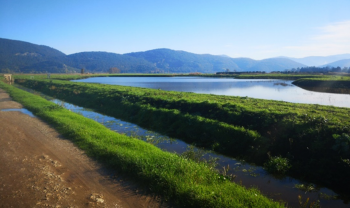Modular urban farm
The modular urban farm is a platform for presenting modern food production technologies to the interested public and the local community. It provides direct access to and close encounter with applications and practical features of green technologies. Key goals include:
- Increasing local food production throughout the year independent of climate and whether conditions.
- Presenting modern food production technologies to interested citizens.
- Experimenting with keeping a constant temperature in the container and its power supply given the green wall and roof acting ...

